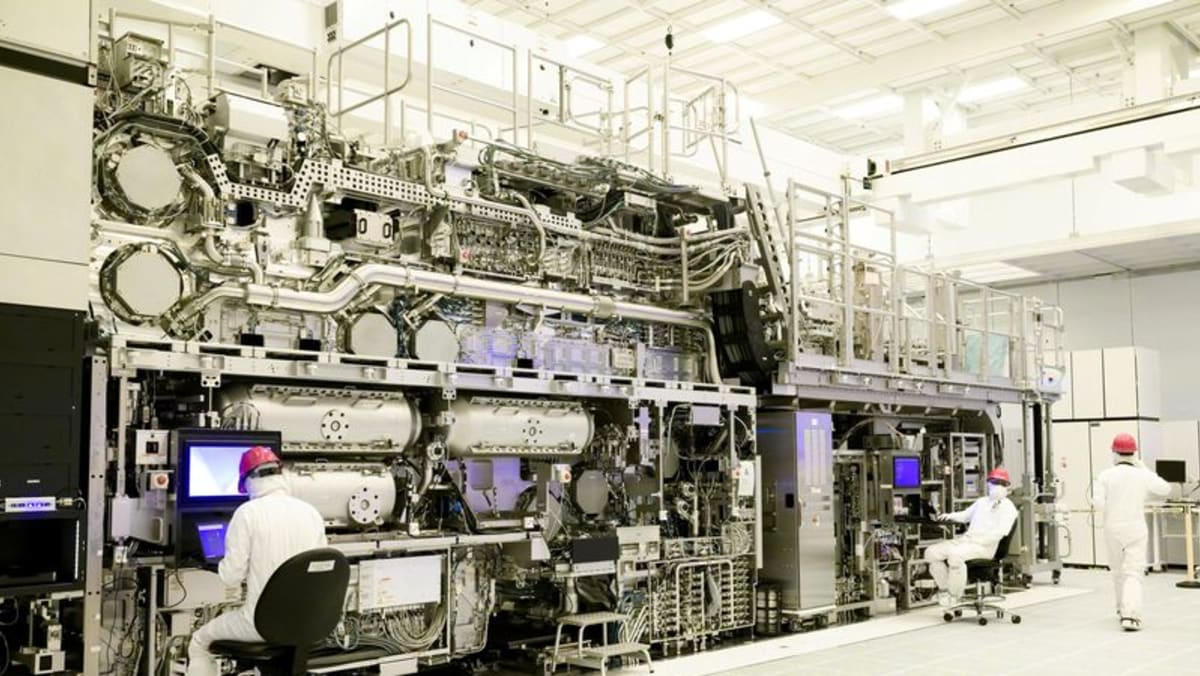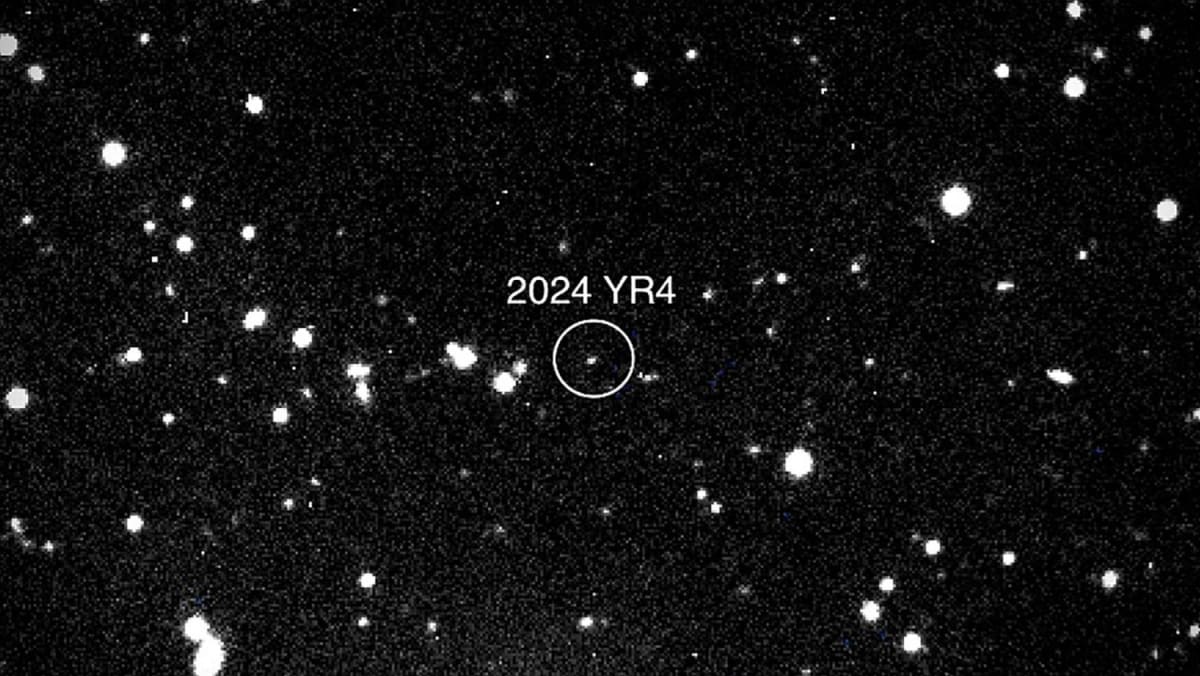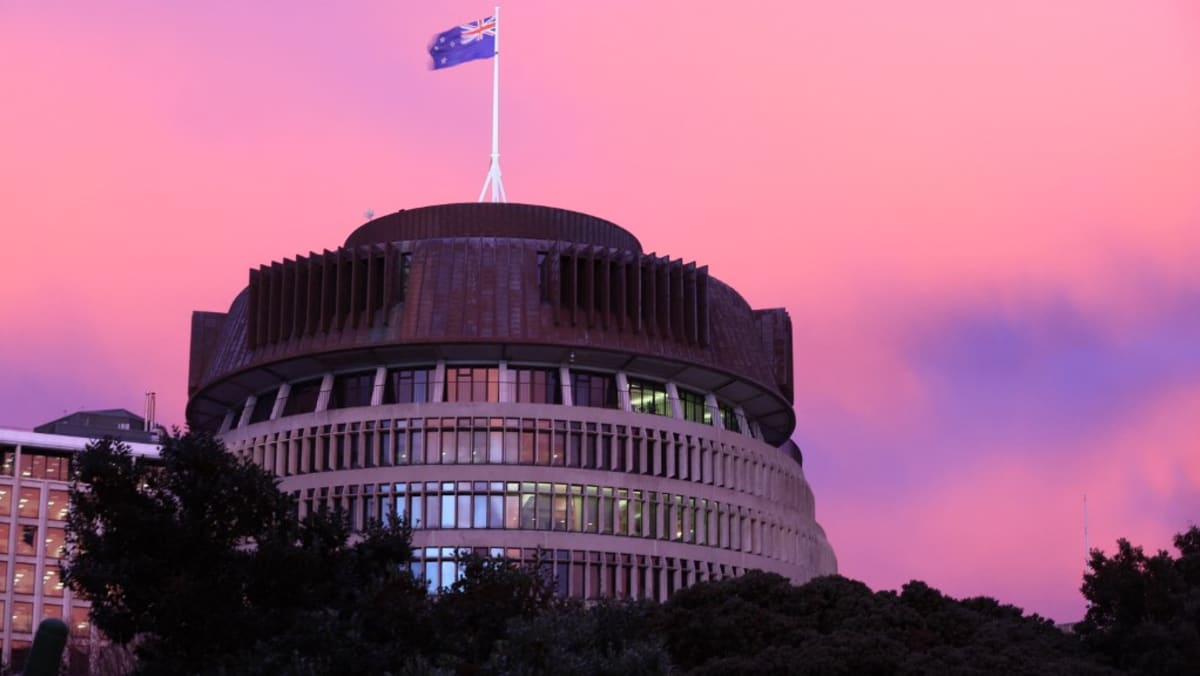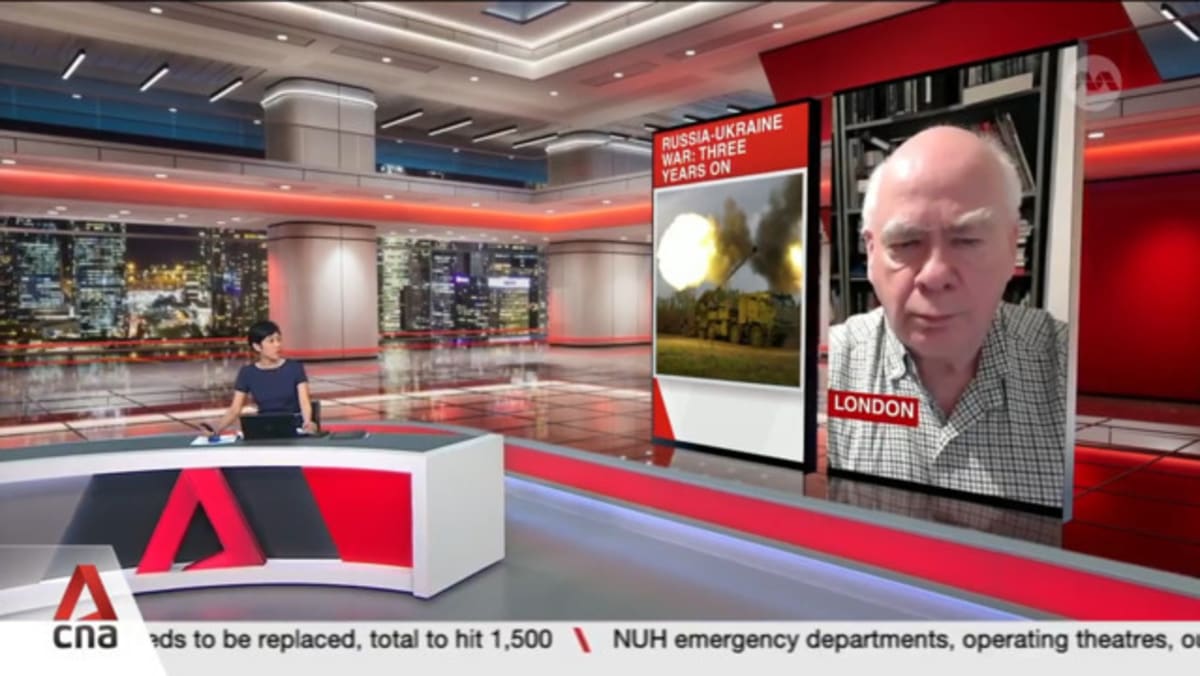MULTIPLE TELESCOPES TRACKING ASTEROIDS
Asteroids have been whizzing by Earth and occasionally hitting us for eons. Those big enough to destroy a city hit us every few hundred years, said astrophysicist Jonathan McDowell of the Harvard-Smithsonian Center for Astrophysics.
In the last 600 years, the human population has grown by a factor of 20, so now much more of our planet’s surface is inhabited, and the odds are many times higher that in the next big strike, an inhabited area will be destroyed.
We’ll likely hear more asteroid warnings in the future because multiple telescopes are already tracking them, said MIT’s Binzel, who invented a scale that rates the risk of asteroid-caused destruction from 1 to 10.
Until recently, the 2024 AR4 rated a 3. In 2004, a much bigger asteroid called Apophis briefly rated a 4 before its orbit was more precisely mapped.
The scale combines probability with size, so a low probability risk of impact with a big asteroid might rate the same as a higher probability impact with a smaller one. Soon, two new instruments will be mapping asteroids for us.
One, the Vera Rubin Telescope, was designed to detect invisible material called dark matter, but it also turned out to be a spectacularly effective asteroid-spotting device, Binzel said. In 2027, NASA will launch a dedicated asteroid-spotting space telescope called NEO Surveyor.
“It might seem like things are getting more dangerous or more scary, but what’s really happening is we’re making ourselves more and more secure,” Binzel said. Every object they find is one less that can sneak up on us.
In 1994, a couple of scientists estimated that your odds of being killed by an asteroid were higher than the odds of being killed in a plane crash, but that was before we’d started so much tracking. Giant asteroids of the kind that killed the dinosaurs 65 million years ago are relatively easy to see and rare.
Binzel said scientists have located 99 per cent of those with extinction potential. The new space telescopes will help scientists track the much more common city-busting-sized bodies.
No recorded deaths from asteroid strikes have occurred. However, in 1954, a woman in Alabama received a nasty bruise from an asteroid. In 1908, an asteroid about the same size as 2024 YR4 came hurtling toward Siberia, exploding in the atmosphere but still flattening trees for several hundred square miles.













